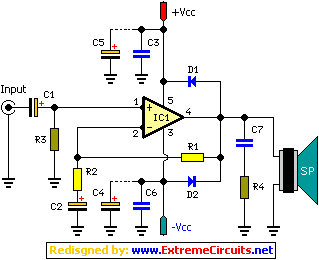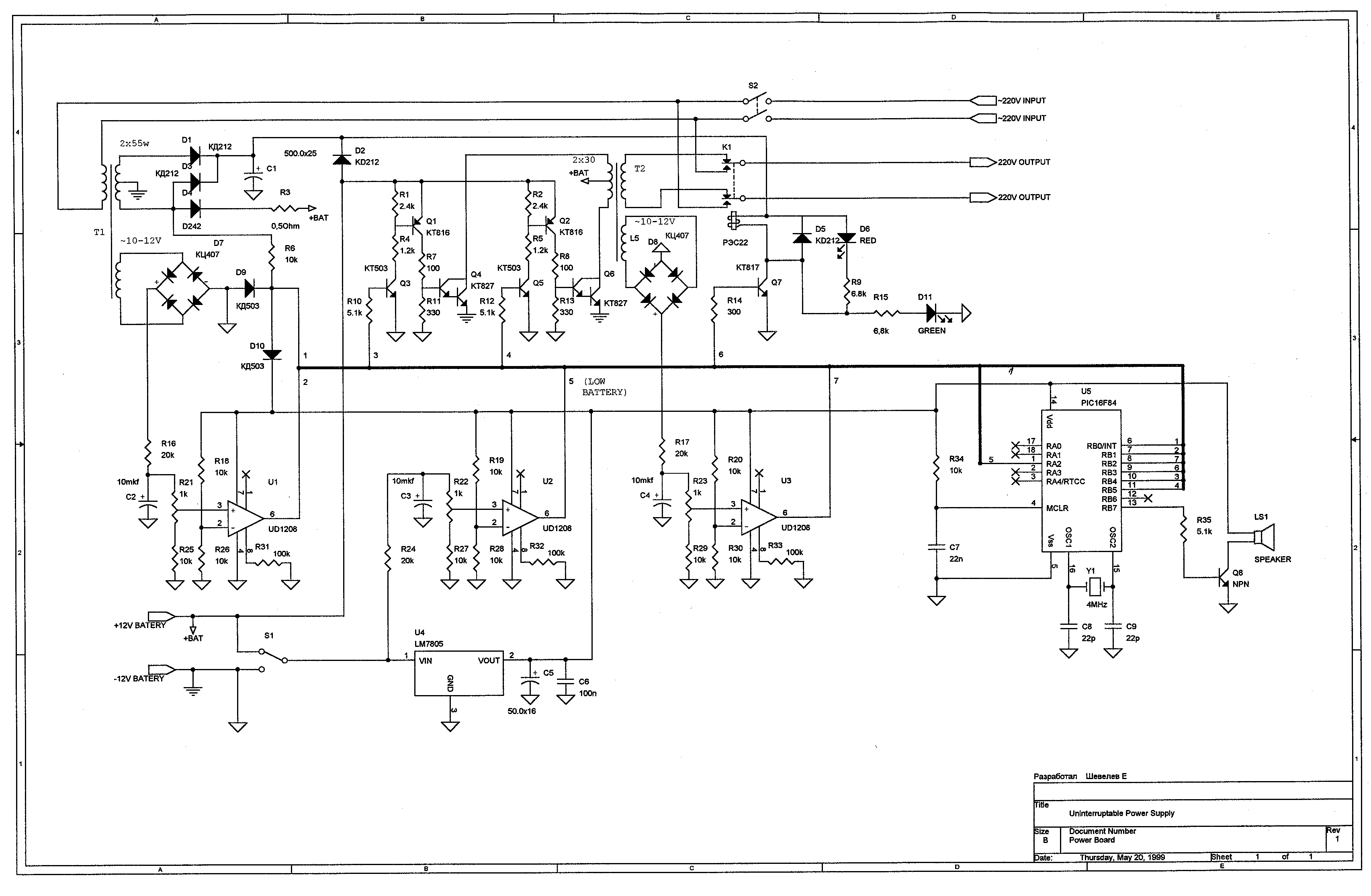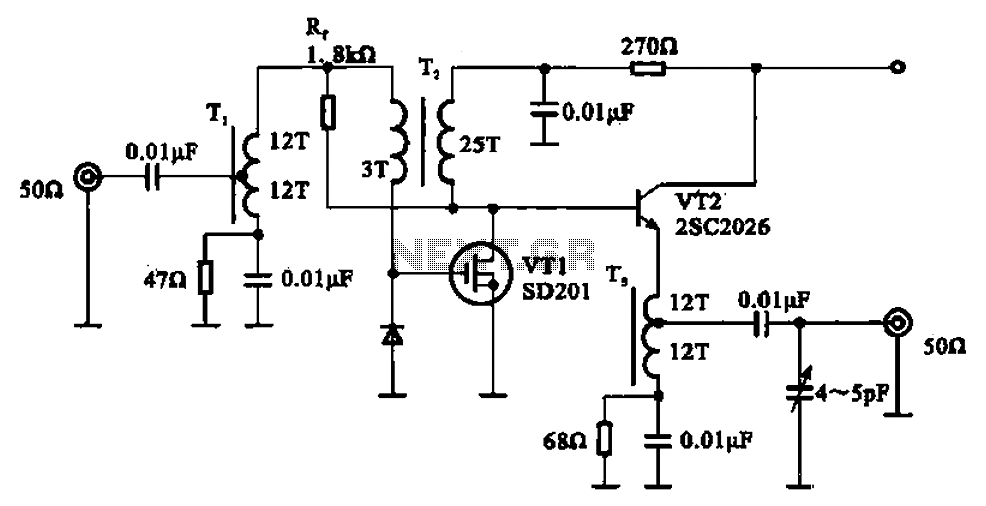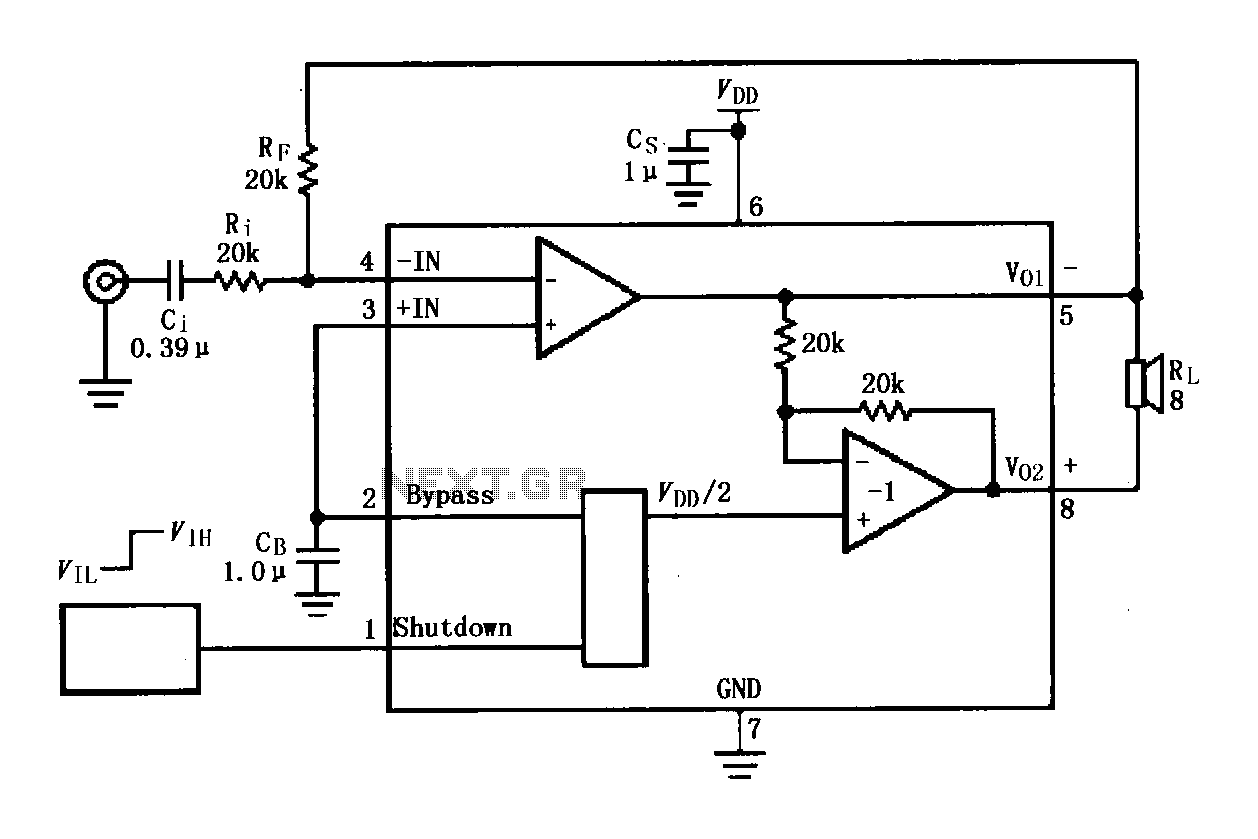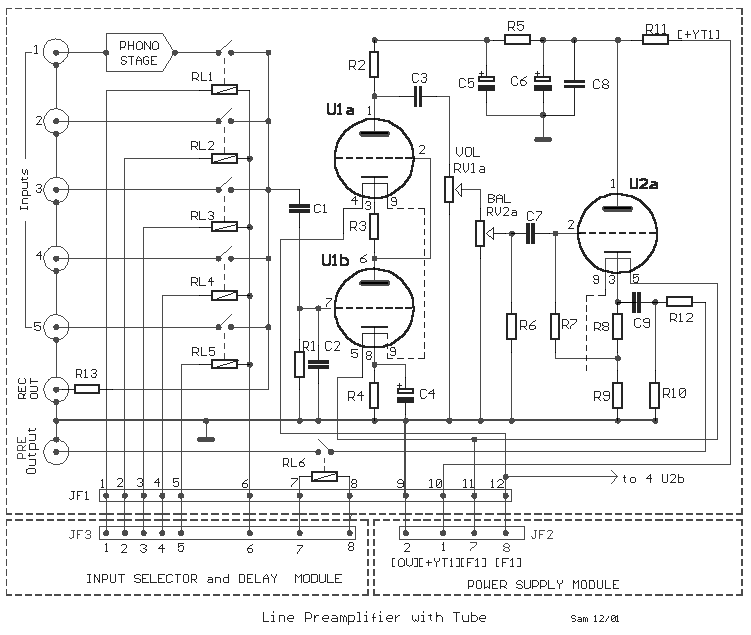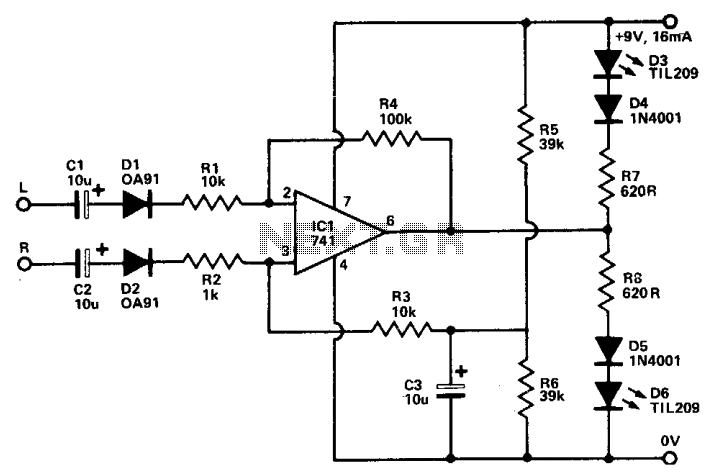
Wildlife Recording in Stereo amplifier design
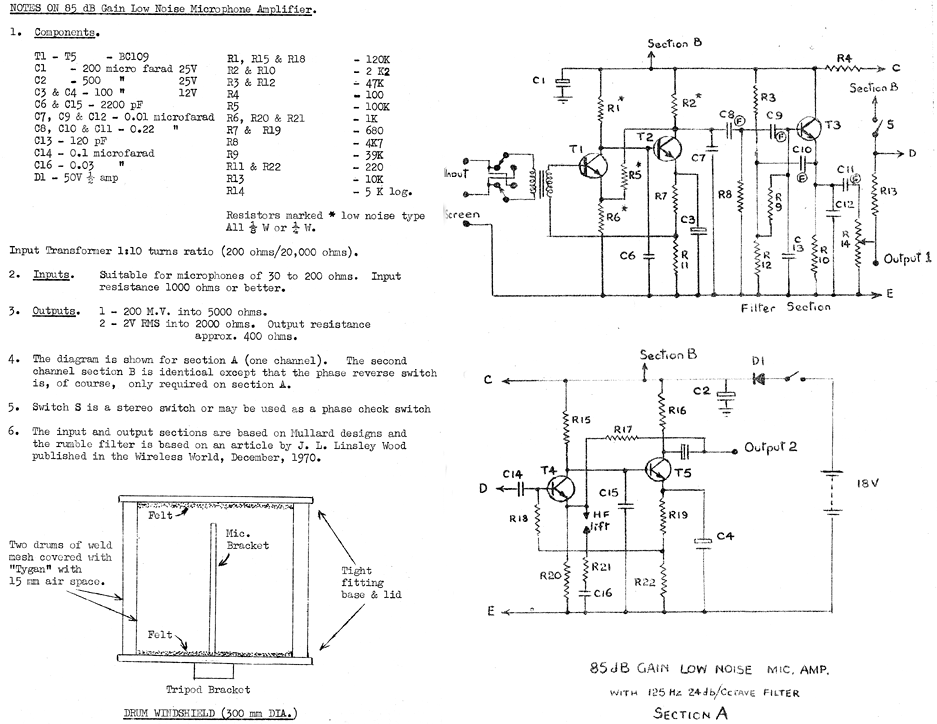
This is a reproduction of the filter circuit and microphone windshield design mentioned in the article "Wildlife Recording In Stereo" by David J. Tombs, published in 1974.
The filter circuit and microphone windshield design outlined in the referenced article are essential components for enhancing audio capture in wildlife recording applications. The filter circuit is typically designed to eliminate unwanted noise, such as wind and handling sounds, thereby improving the clarity and quality of the recorded audio. This is particularly important in outdoor environments where ambient noise can interfere with the desired sound.
The microphone windshield, often referred to as a "dead cat" or "furry," serves to further reduce wind noise by creating a barrier that disrupts the airflow around the microphone. This design is crucial for achieving high-quality recordings in varying weather conditions, allowing for clearer sound capture without the distortion caused by wind interference.
In constructing the filter circuit, various components such as resistors, capacitors, and operational amplifiers may be utilized to create a low-pass filter that attenuates frequencies above a certain threshold. The values of these components need to be carefully selected based on the desired cutoff frequency and the specific characteristics of the microphone being used.
Overall, the combination of an effective filter circuit and a well-designed microphone windshield significantly contributes to the fidelity of wildlife recordings, making it possible to capture the subtle sounds of nature with precision and clarity.This is a reproduction of the filter circuit and mic windshield design referred to in the article "Wildlife Recording In Stereo" by David J Tombs which appeared in 1974. 🔗 External reference
The filter circuit and microphone windshield design outlined in the referenced article are essential components for enhancing audio capture in wildlife recording applications. The filter circuit is typically designed to eliminate unwanted noise, such as wind and handling sounds, thereby improving the clarity and quality of the recorded audio. This is particularly important in outdoor environments where ambient noise can interfere with the desired sound.
The microphone windshield, often referred to as a "dead cat" or "furry," serves to further reduce wind noise by creating a barrier that disrupts the airflow around the microphone. This design is crucial for achieving high-quality recordings in varying weather conditions, allowing for clearer sound capture without the distortion caused by wind interference.
In constructing the filter circuit, various components such as resistors, capacitors, and operational amplifiers may be utilized to create a low-pass filter that attenuates frequencies above a certain threshold. The values of these components need to be carefully selected based on the desired cutoff frequency and the specific characteristics of the microphone being used.
Overall, the combination of an effective filter circuit and a well-designed microphone windshield significantly contributes to the fidelity of wildlife recordings, making it possible to capture the subtle sounds of nature with precision and clarity.This is a reproduction of the filter circuit and mic windshield design referred to in the article "Wildlife Recording In Stereo" by David J Tombs which appeared in 1974. 🔗 External reference
Warning: include(partials/cookie-banner.php): Failed to open stream: Permission denied in /var/www/html/nextgr/view-circuit.php on line 713
Warning: include(): Failed opening 'partials/cookie-banner.php' for inclusion (include_path='.:/usr/share/php') in /var/www/html/nextgr/view-circuit.php on line 713
